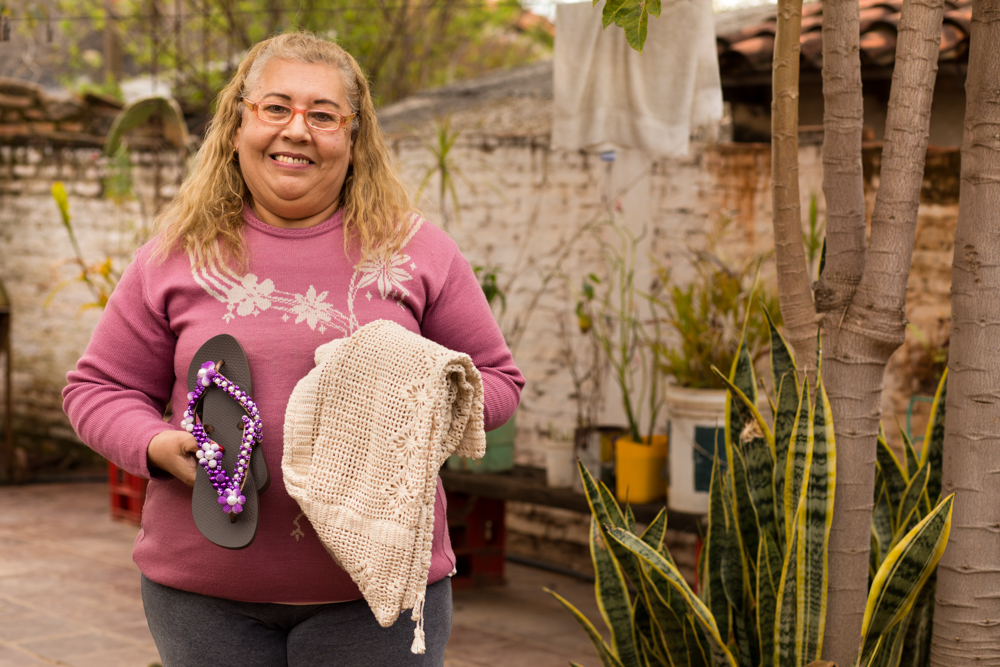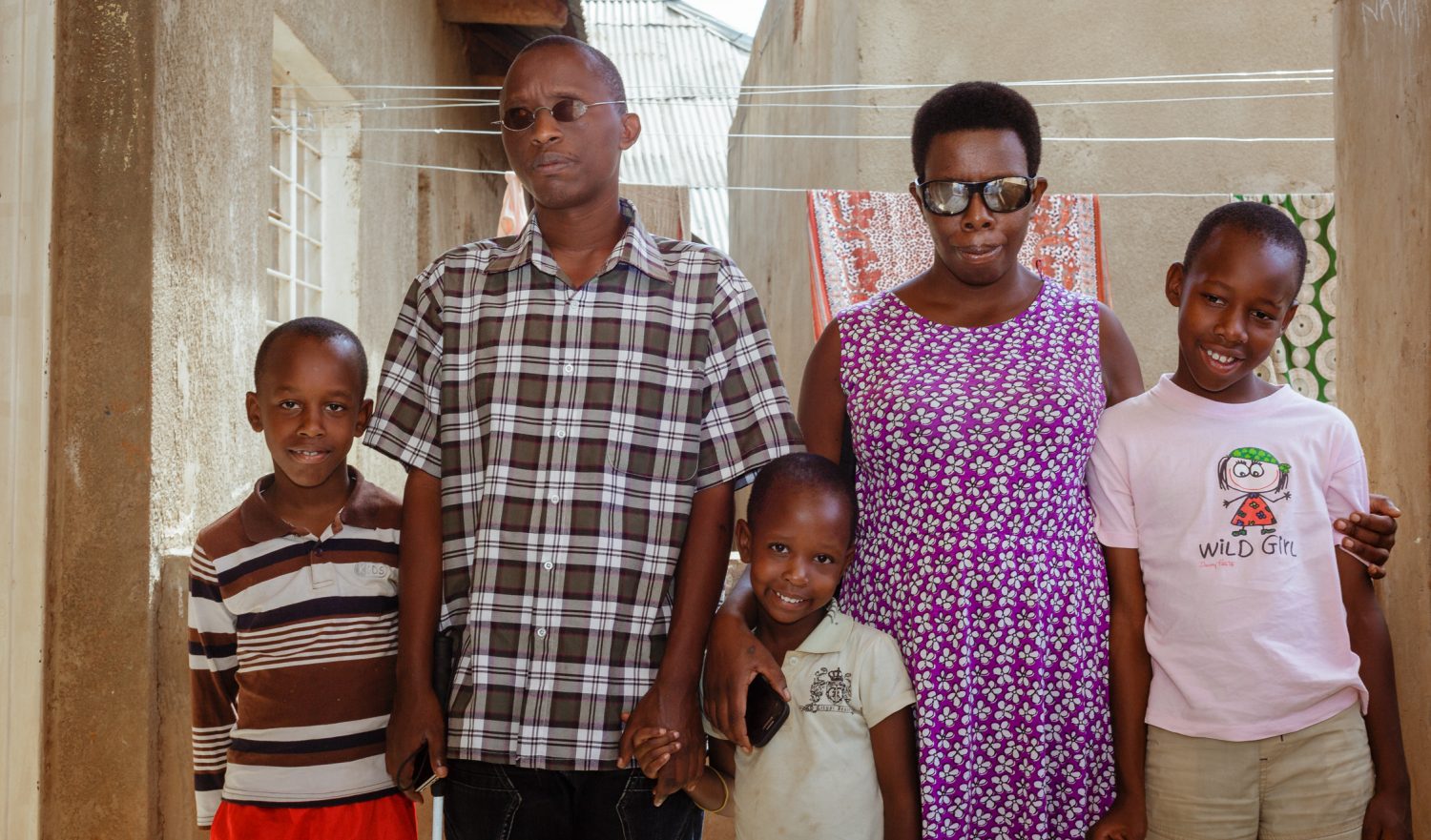There’s an interview question I like to ask: Have you always known you had these skills? Ladis Ramirez’s answer surprised me.
In September, I traveled to Paraguay to interview clients of HOPE’s newest microfinance partner, Diaconía. Sitting outside of a community center in Cevallos Cuesta, Paraguay, I heard the hum of chatting and laughter inside. Working on colorful clothing and accessories, over 40 women were attending a vocational course—part of Diaconía’s holistic model of development. Across from me, Ladis showed off a creamy-white sweater and intricately-designed sandals. Both humble and enthusiastic, her eyes shone as she described how she made each item. Continue Reading…




















